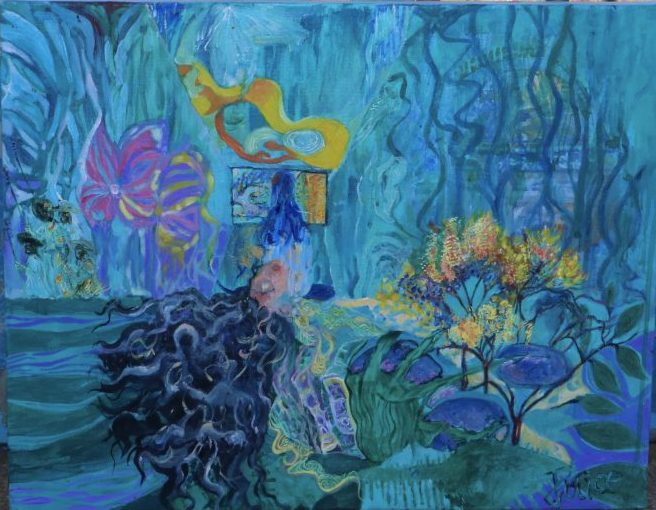Portfolio WEEK4 Amy Cutler #Ins Element1
First of all, I am very sorry of missing this lecture, but I will still write about her on my blog:)

Amy is an artist, cultural geographer, and live cinema artist who works with ideas of geography and nonhuman others. In her career in the GeoHumanities she has completed a PhD, a post-doc, and an ECR fellowship, and she has exhibited her work or run live events with organisations including the BBC, Somerset House, The Exploratorium San Francisco, Glastonbury Festival, Sheffield Doc Fest, the Wellcome Trust, the Horniman Museum, International Documentary Festival Amsterdam, Late Junction, Tate Modern, the Museum of Witchcraft and Magic, the Horse Hospital, San Francisco Green Film Festival, the Natural History Museum, and Kew Gardens. Her geography training impacts her work as a musician, performer, and designer, and she works frequently on the production of immersive and live cinema and exhibition events provoking and changing the public conversation around ideas of space, geography, and nature-cultures. She is also a cross-disciplinary lecturer and teaches more publicly too, often developing unusual live sessions and fieldtrips for museums, festivals, and galleries.
She has lots of stuffs on her website. I do find As Above, So Below / As Below, So Above and The Art of Magic is a collective project curated by Folklore Tapes with The Museum of Witchcraft and Magic were amazing, not only the sounds but also the overwhelmed visuals.–But I do like to explore the one under, which make more sense for my portfolio 1.
7 Ways of Exploiting A Black Hole (2022)
A projection installation of 7-layered moving cinema holographs, created with black chiffon and black iridized glass, created for archival film and sound essay.
One day the sun will fail…
For my installation as part of the 2022 ensemble science exhibition FOREVERMORE FOREVERLESS, I chose to work with Dr. Adam Brown’s research on black hole “fishing” because of the seeming impossibility of the project – both in scientific/mathematical terms, as an impossible hypothetical exercise in astro-particle physics, and in terms of my own approach as a cinema artist. Fundamental concepts of cinema describe it as by definition a science of light, as well as a bringing-to-life (hence names for early cinema devices, such as Vitascope and Bioskop). Meanwhile, a black hole is described in the research as ‘more of a trap than a journey’; an inaccessible dark from which no energy or data can be sent back.
Initially I was therefore interested to understand how a black hole cinema might behave – thinking back to the poet Francis Ponge’s suggestions of cinema as dematerialisation, silhouette, eclipse, or as the void of the lost object. This was before stumbling on a key recent rhetoric of black holes: that they “are hiding movies of the Universe in their glowing rings” (explained in the words of radio astronomer Michael Johnson: ‘neglecting opacity, a telescope with the perfect resolution directed at a black hole observes an infinite number of nested images of the universe’). A black hole is the opposite of cinema: but it may still itself be the universe’s cinematic archive!



The murmuring romance in language and the mathematical sonic rotation fascinates me in a new dimension. I am always interested in rotating the sound and how it could spinning without using high assets, if it would be placed in a limited space. It inspires me a lot.
